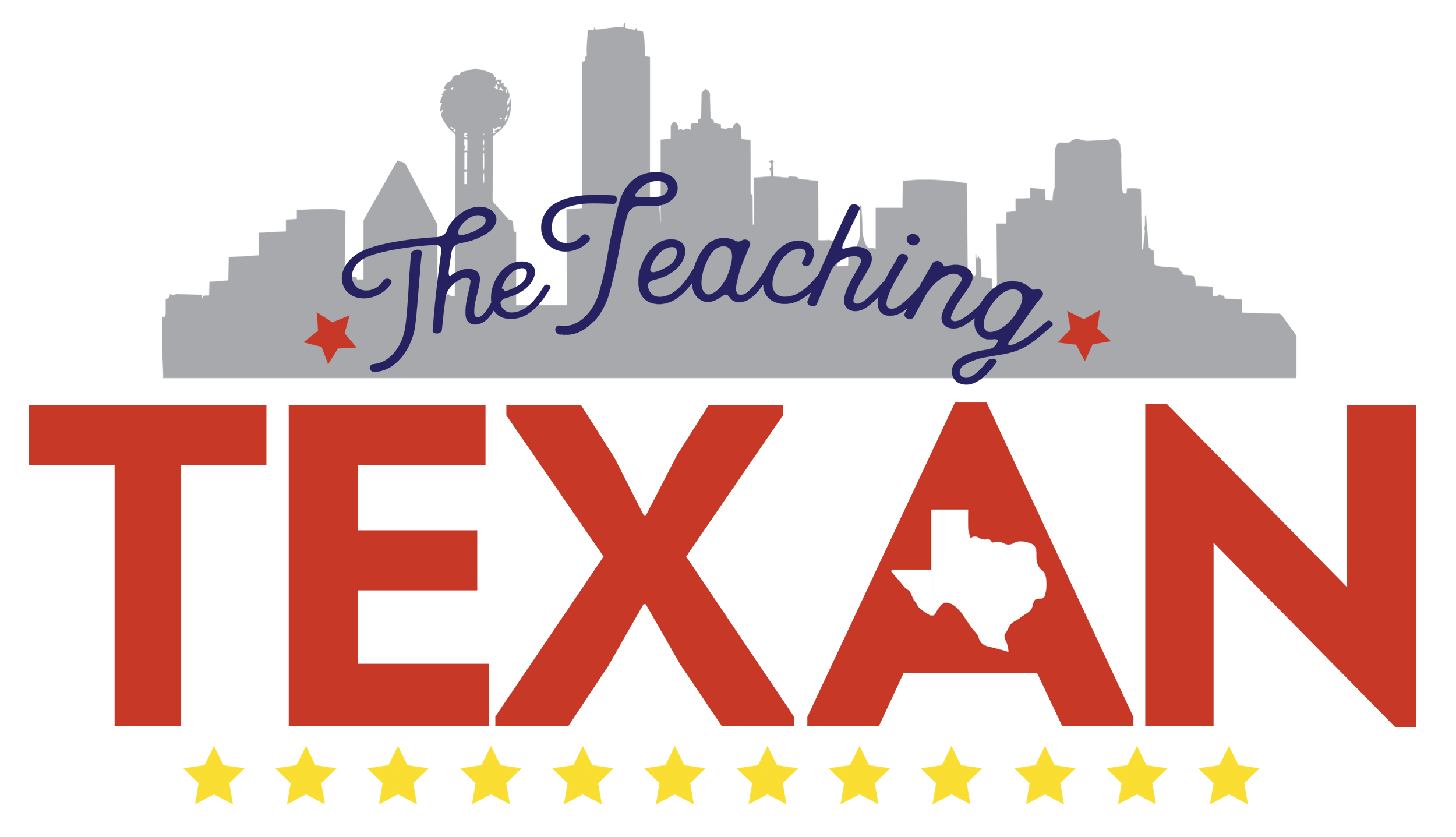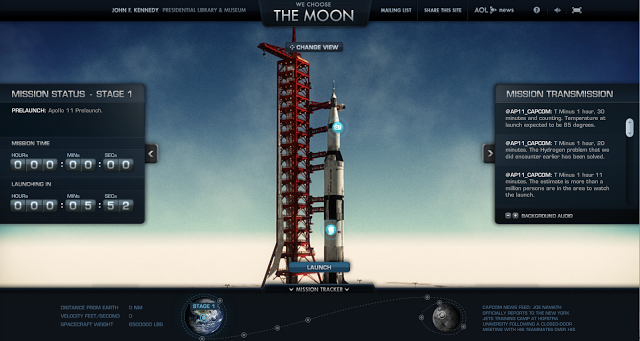Ready for Takeoff: My Experience with Project-Based Learning and the Solar System Part 1
Children's Literature · Experiments · Hands On · Kindergarten · Lesson Ideas · Non-Fiction · PBL · Pinterest · Planning · Project-Based Learning · Science · Solar System · Spring · STEM · Thematic Units · Uncategorized
A few days ago I posted about why I use project-based learning (PBL) in my Kindergarten classroom (click [here] to visit the original post). There was a lot of interest in what PBL is and how to implement it. So, today I want to share part one of my first experience with PBL. I can honestly say that there are areas that I need more development on and some steps that need improvement. However, after my first experience with PBL I know that it is an absolute essential in my classroom.
The [Buck Institute for Education] lists 8 key components to consider during the design process of a PBL unit. For the Solar System PBL unit that I am sharing today I did not fully plan the unit before diving in with my students. I’ve since learned that it is best practice -and things go much smoother- if you have the unit completely planned out prior to beginning it. This allows you sit back and enjoy the ride with your kiddos.
While a PBL topic can be centered in any subject area (math, science, ELA, etc.), it really is integrated into all subject areas. Our solar system project was clearly centered in science, but integrated across our curriculum. Here’s a look at how the unit was integrated into other areas beyond science. Check back later this week to see what the unit looked like during our actual science block.
The planning for the unit began by taking a look at the previous solar system unit of years past, as well as the [NGSS]. After digging through all of this and researching solar system PBL units online, I settled on this challenging question:
The challenging question in PBL guides learning and all activities, lessons, and learning experiences link back to helping to answer the challenging question. A good rule of thumb is that the challenging question should not be “Google-able” meaning you can’t simply search for the answer on Google. The goal for this unit and challenging question was to keep the focus of the unit on things we can see in the sky from Earth (the sun, moon, stars, constellations).
With the challenging question decided on I started planning our learning experiences. If you take a look at the planning forms available on the [BIE website] you’ll notice a space for an “Entry Event.” The entry event is a highly-engaging experience to kick off a PBL unit. At the networking event I attended several examples were given of entry events, but they can range from a guest speaker, Skype session with an expert, field trip, or even a simple read aloud. The important thing is to hook your students into the unit and get them excited.
For our solar system unit I found a great entry event that allowed the students to go on a virtual recreation of the Apollo 11 mission. This was originally planned as a learning experience rather than the entry event, but our guest speaker fell through. Flexibility people!
The Apollo 11 recreation was designed by the John F. Kennedy Presidential Library and Museum, and the coolest thing about it is that you can view real pictures from the mission, listen to actual transmission between the astronauts and NASA, and you get to move through it at your own pace. We split the mission up into several days. But let me tell you, by the time we were finished with our entry event every single kid in my class was ready to learn more!
If you’re interested in the virtual Apollo 11 mission, you can find it [here].
Once our unit was up and running I used trade books, QR codes, and apps to let the kids conduct their own research. This helped satisfy the student voice and choice aspect of PBL. During our lessons on the sun and the moon I created QR codes that led to a variety of media (pictures, videos, websites) and let the children choose what they wanted to research.
Because a PBL unit extends throughout content areas, we used some Writer’s Workshop time to craft letters to astronauts. The kids were so excited to learn about both of our astronauts and then write letters to them. While we did not receive letters back in my classroom, a teammate did receive an autographed picture back. There wasn’t a kid in Kindergarten who wasn’t over the moon!
You can find information about how to write to an astronaut on the NASA website [here].
Two other cross-curricular activities (math) during the unit were creating spacecraft from 2D shapes and taste-testing astronaut food then graphing our favorite.
We are fortunate to have a shared space between all 4 Kindergarten classrooms that houses a Makerspace. We’ve been trying out the Makerspace idea during Free Choice time.
During our solar system unit the children planned their own spacecraft with the requirements of an energy source, communication device, container, and science instruments. The rest was up to them. After designing the spacecraft on paper, the students built their spacecraft using all sorts of recycled materials. This was a great learning experience for the children to see that plans on paper don’t always pan out, and that it is a good practice to return to plans to see if there are parts missing.
That’s pretty close to a wrap on learning experiences related to our solar system unit that didn’t happen during the science block. Truly integrating the unit into all content areas led to a much deeper understanding of the sun, moon, and stars than I could have ever hoped for.
During this unit I created a non-fiction unit that provides more information about the sun, stars, and the moon. This unit is full of leveled readers, close reads, magazine pages, and more! While this unit isn’t a PBL unit itself, it is a resource that is perfect for learning during a PBL unit. Check it out by clicking [here] or clicking the picture below.
I hope that this post has been helpful for you and has maybe even inspired you to venture into the land of PBL yourself! Don’t forget to check back later this week to see what this unit looked like during our science block.







